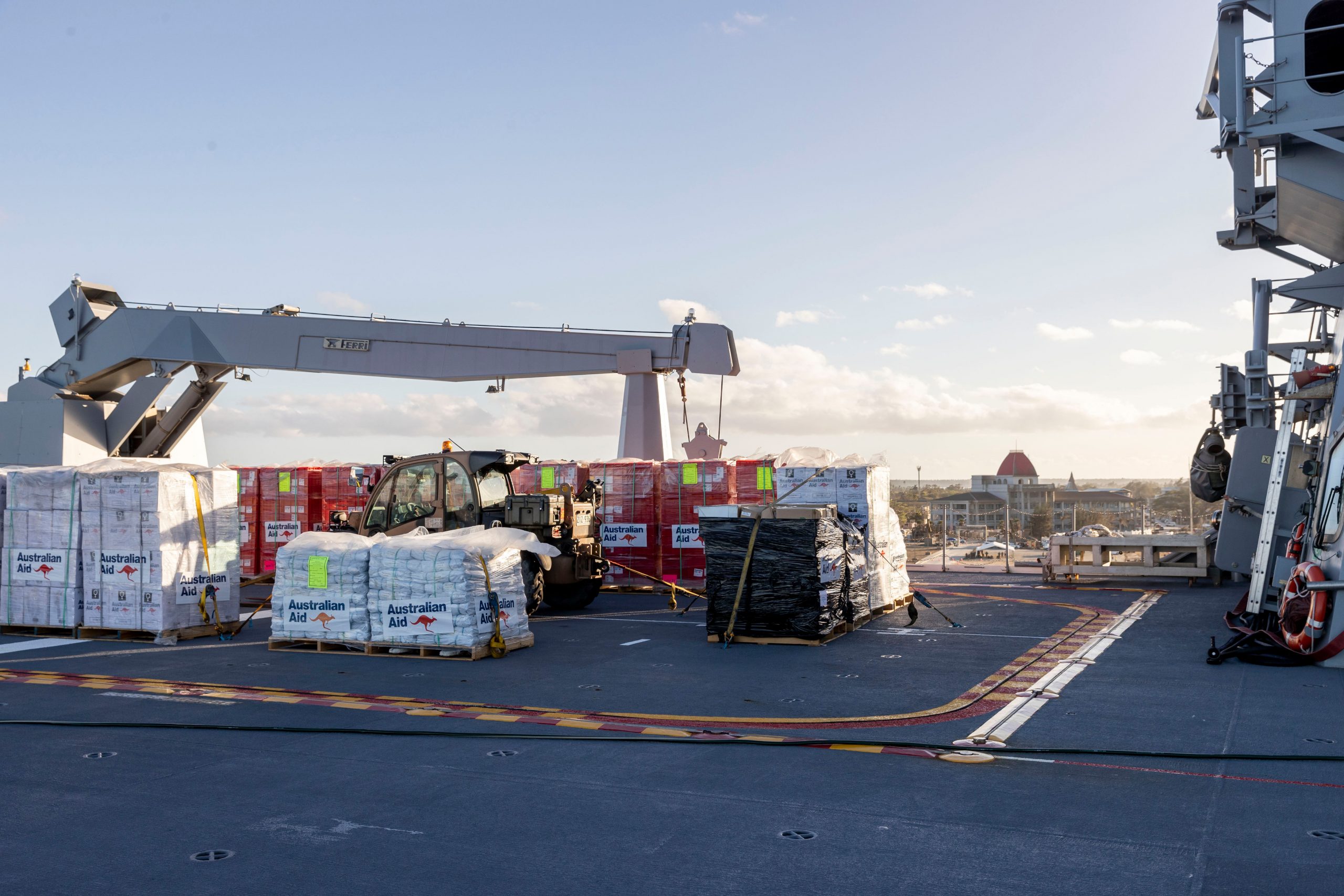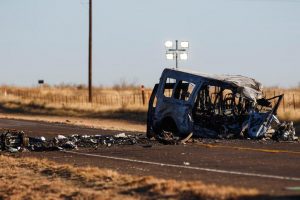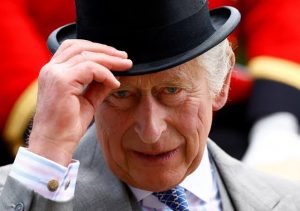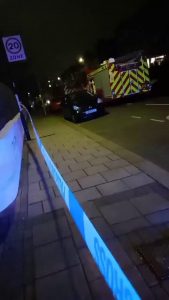Tonga became one of the first countries to receive “contactless” international aid from other nations after it was devastated by an underwater volcanic eruption last week. Naval ships from Australia and Britain delivered the aid on Wednesday.
Why was “contactless aid” necessary?
Tonga is one of the very few countries across the globe that has managed to avoid a COVID-19 breakout since the pandemic began nearly two years ago. The small island nation has only recorded one case of the virus so far. About 61% of Tongans are fully vaccinated, according to Our World in Data.
The vessel that delivered aid this week is the second Australian mission for Tonga where at least one crew member tested positive for the virus while onboard. A C-17 Globemaster military transport plane was earlier turned around mid-flight after a person aboard was diagnosed with the coronavirus.
Also Read: Tonga volcano was ‘hundreds of times’ more powerful than Hiroshima bomb: NASA
How was “contactless aid” managed?
Under pandemic measures, Tonga typically requires visitors to quarantine for three weeks on arrival and that complicates the international disaster response. All international aid is to be delivered without any local contact.
The first international aid was received from New Zealand earlier this week after a plane arrived at the capital Nuku’alofa. According to reports from NPR citing Admiral Jim Gilmour, New Zealand’s Commander of Joint Forces, the supplies would be kept outside the aircraft on the tarmac. The plane is then instructed to travel back on the same day without making contact.
HMS Spey, the British vessel that delivered aid to Tonga this week, said that none of the crew members disembarked from the ship and delivered the supplies to Tonga lands by crane.
The ship was carrying 30,000 liters (7,900 gallons) of bottled water, medical supplies for more than 300 first aid kits, and basic sanitation products.







